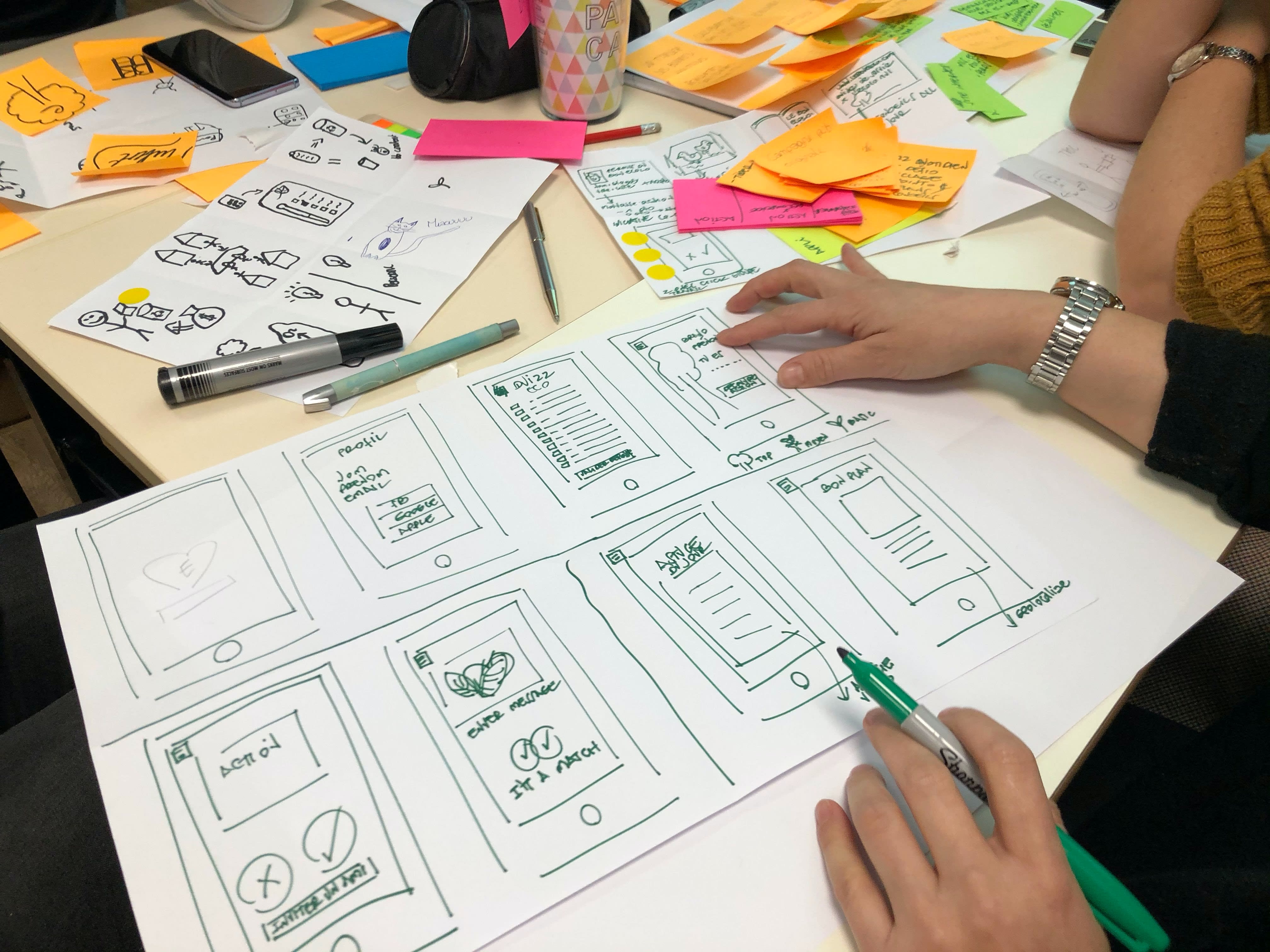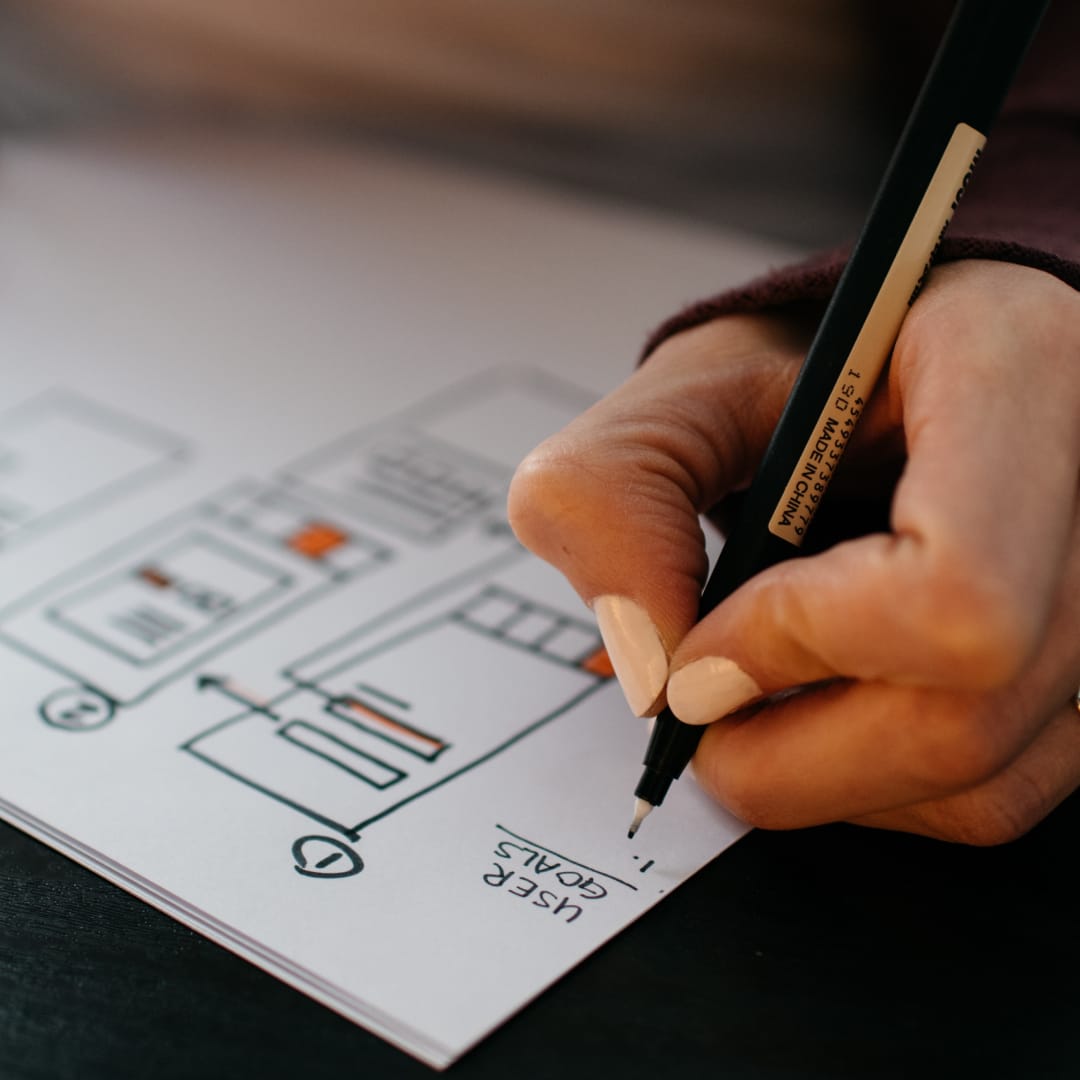TL;DR: Real-world testing is crucial for designers to validate assumptions, catch issues, prioritize changes, and deliver effective solutions to clients and stakeholders.
As a designer, our goal is to create the best possible experience for users. We can accomplish this by researching, analyzing data, and testing prototypes, but ultimately, the only way to know if our designs will work is to have them built and released in the market to observe.
Real-world testing is important for designers because it enables them to gain valuable insights into how users interact with their designs in a real-life context. While research, data analysis, and prototype testing are all important tools in the design process, they can only take us so far in understanding how users will actually respond to our designs.
By championing real-world testing, designers can validate their assumptions about user behavior and preferences and identify areas where they may need to make further adjustments to their designs. It also allows designers to catch issues that may not have been apparent in the research and prototyping stages and make necessary changes before releasing a final product.
To effectively test our designs, we must break down our releases into smaller, more manageable chunks. This allows us to tie changes in user behavior to specific adjustments and minimize risk when implementing new features. Prioritizing design changes based on expected outcomes can also help us determine what will provide the most value to users and have the greatest impact on our business goals.

Once we've identified the changes we want to make, it's important to establish an accurate benchmark for comparison. Conducting A/B tests, where we split traffic between the existing and new experiences and measure results over the same time period, is an effective way to achieve this. We should then analyze the data and measure our success against the metrics we've established for our business goals.
If our designs are successful, we can move on to the next iteration. If not, we can use the insights we've gained to go back to the drawing board and make further adjustments. Since we've released changes in smaller chunks and minimized the time and effort spent on a complete solution, we have greater flexibility and resources to make necessary fixes.
By following this approach to make small changes and release often, we can continually improve our designs and create better experiences for users while reducing the risk that normally comes with a big bang release.
Check out our case study on how Borrowell went mobile with a best-in-class app.
At Rangle, our traction-first approach to going from idea to scale validates your idea in weeks (not months) and provides a stable base for funding and growth. When it comes to new product development, we can help create a unique value prop and prototype for testing, form hypotheses, align on assessment criteria, and determine evaluation methodology to inform the Proof of Concept.
Get in touch and talk to us about getting your product to market faster.







